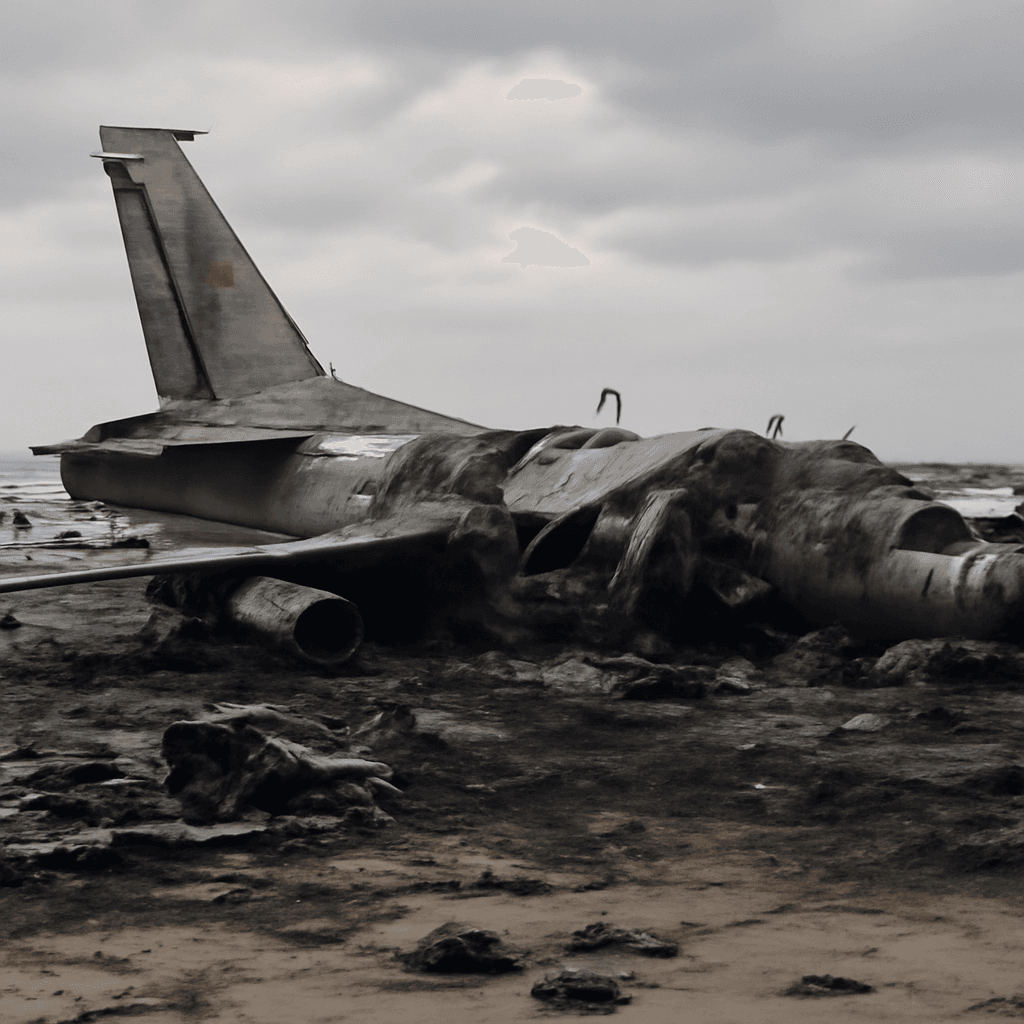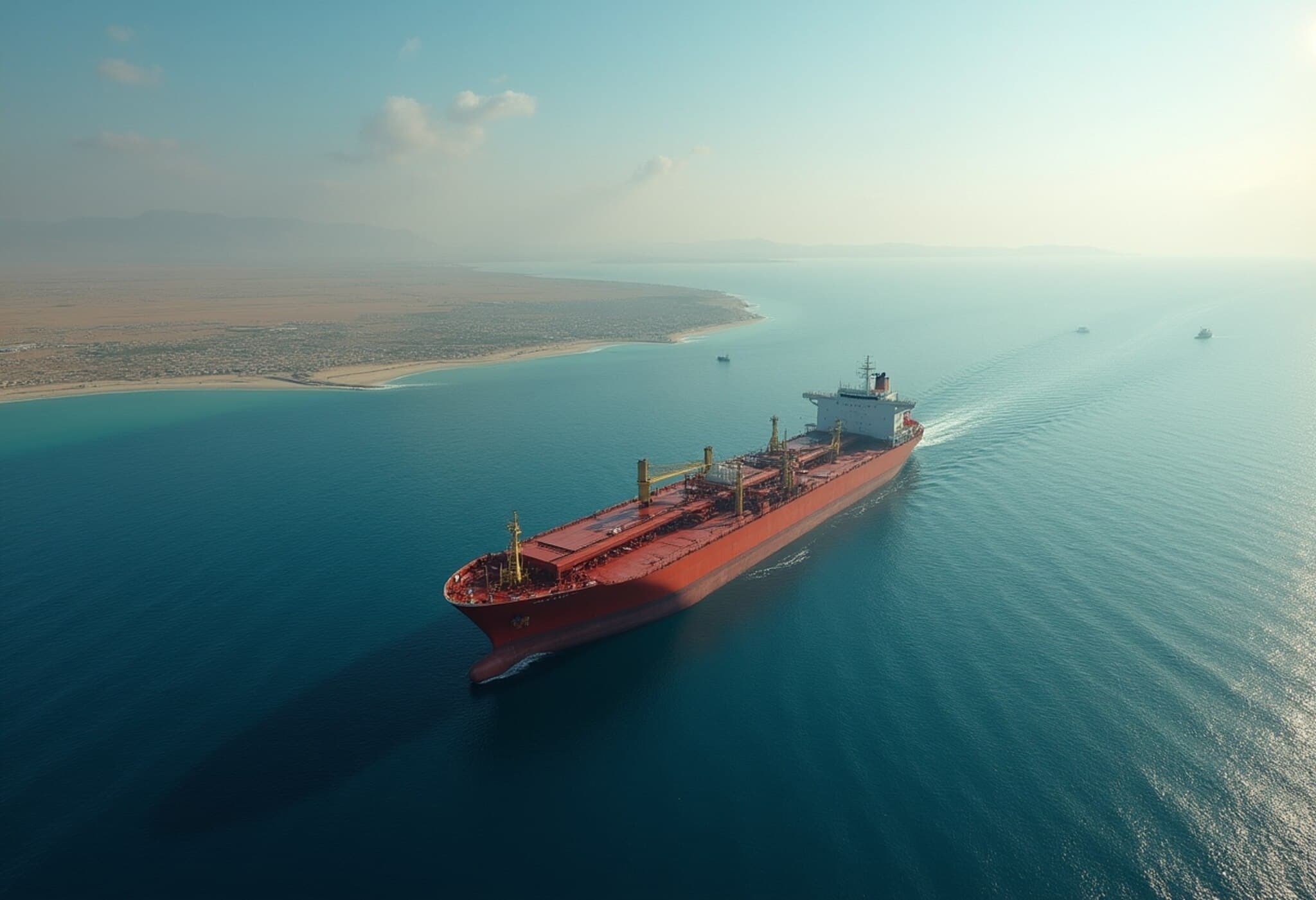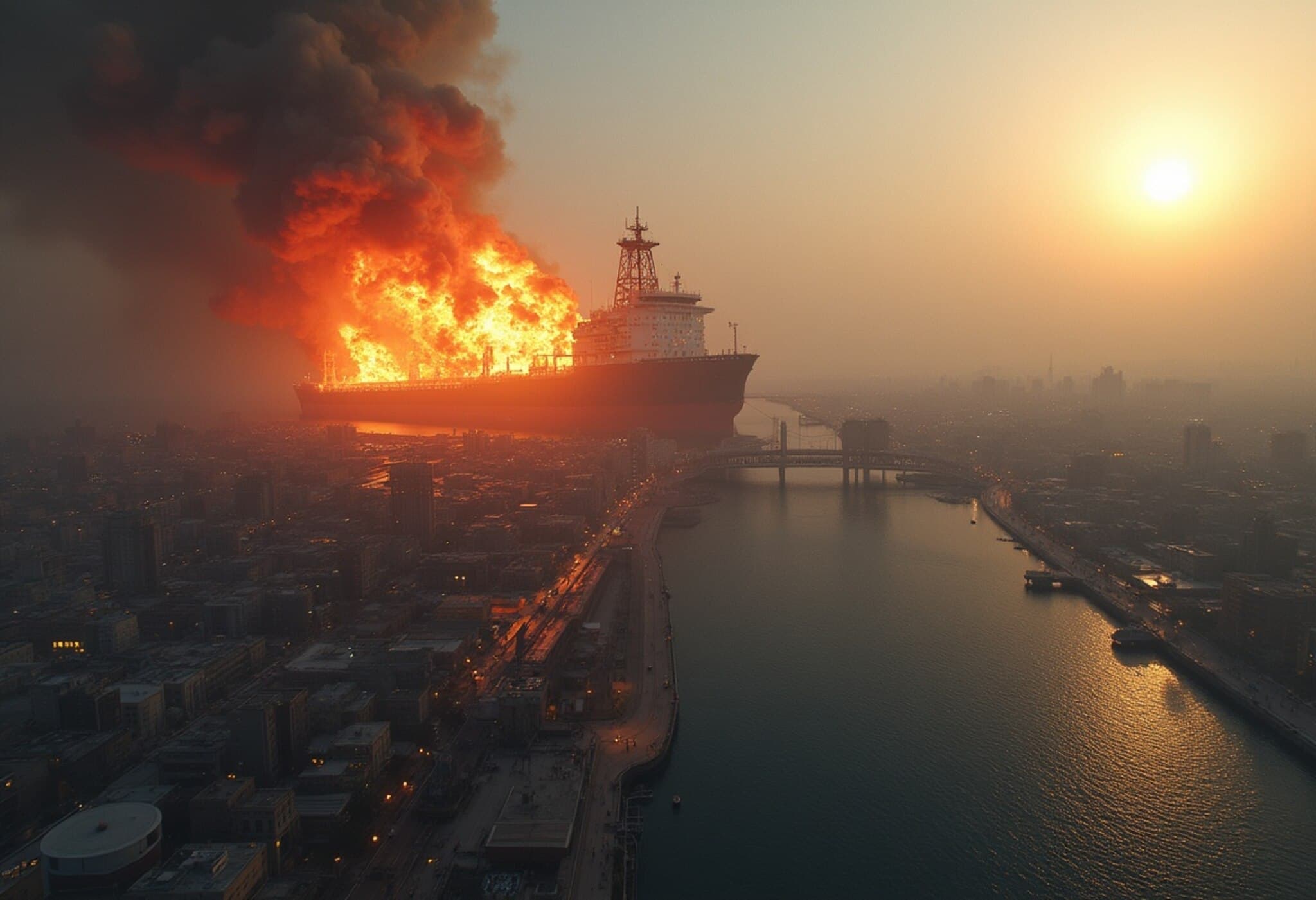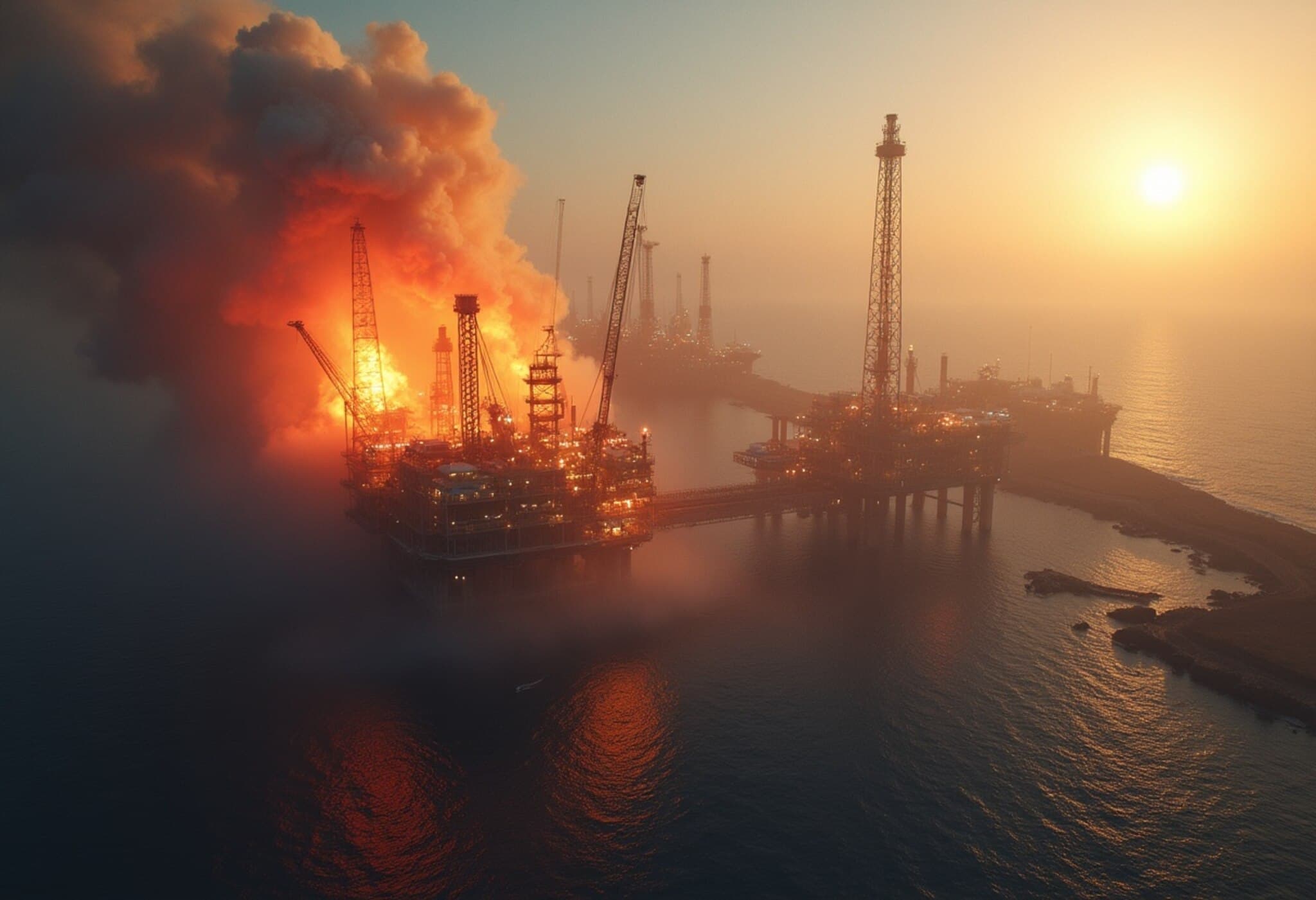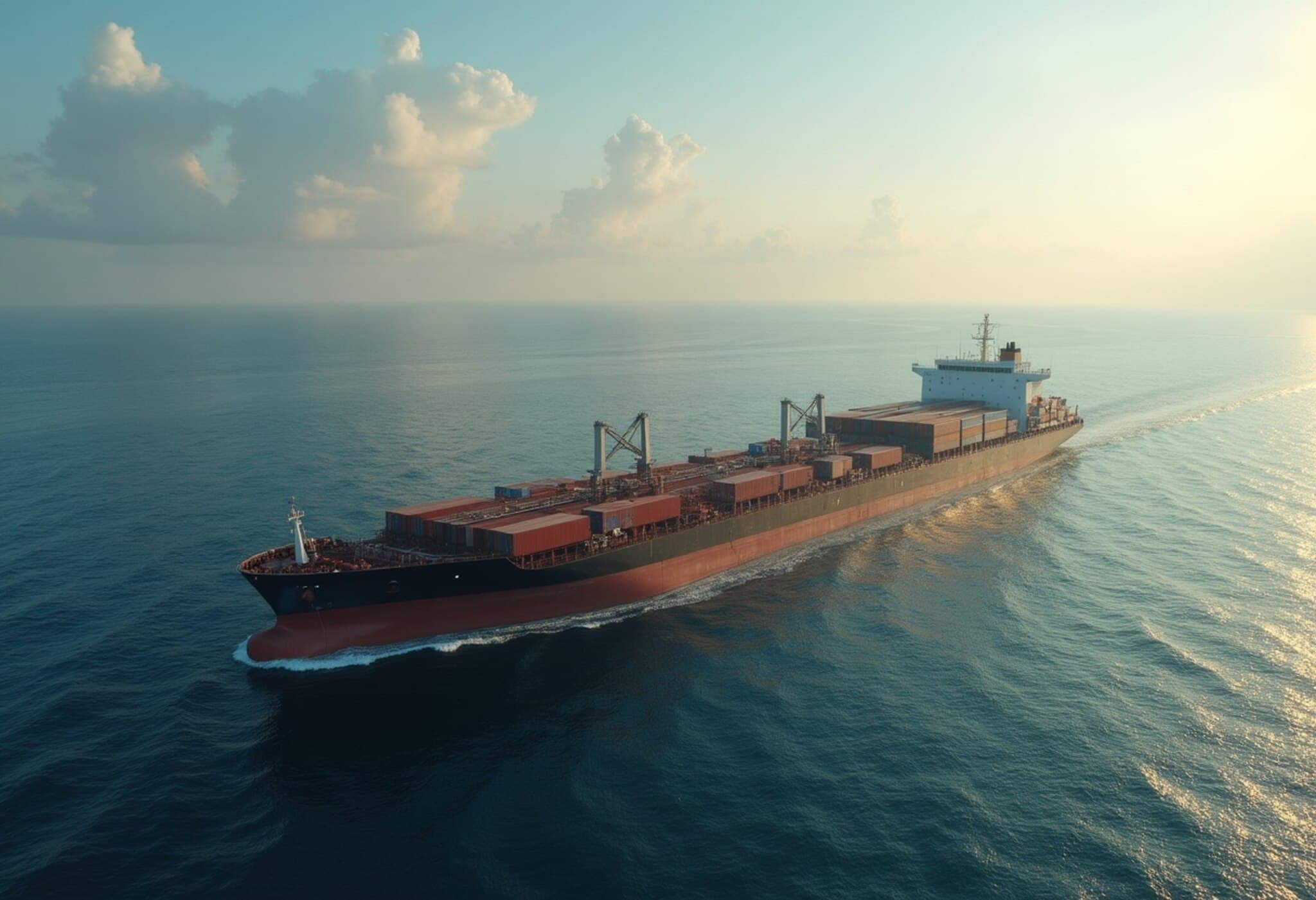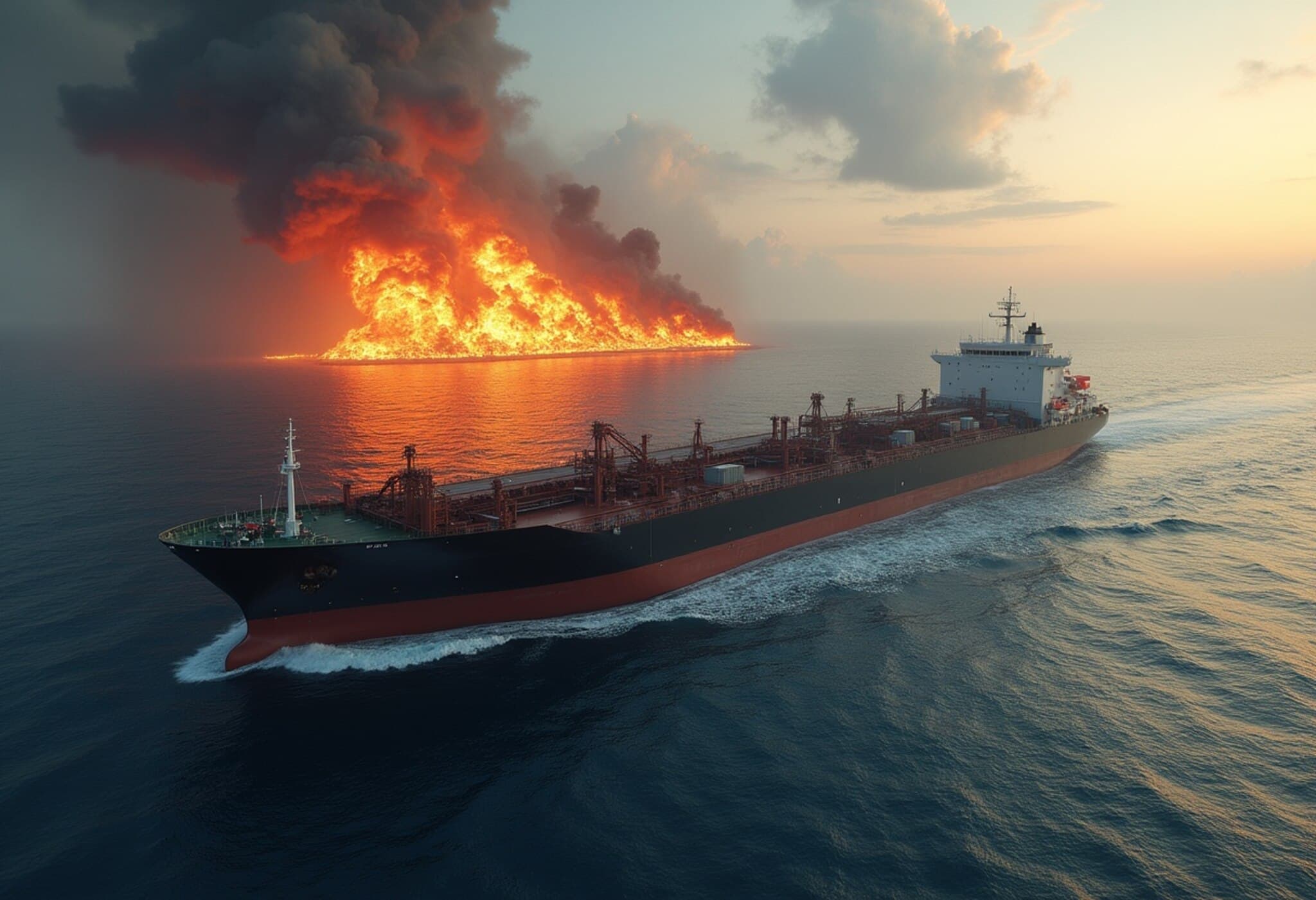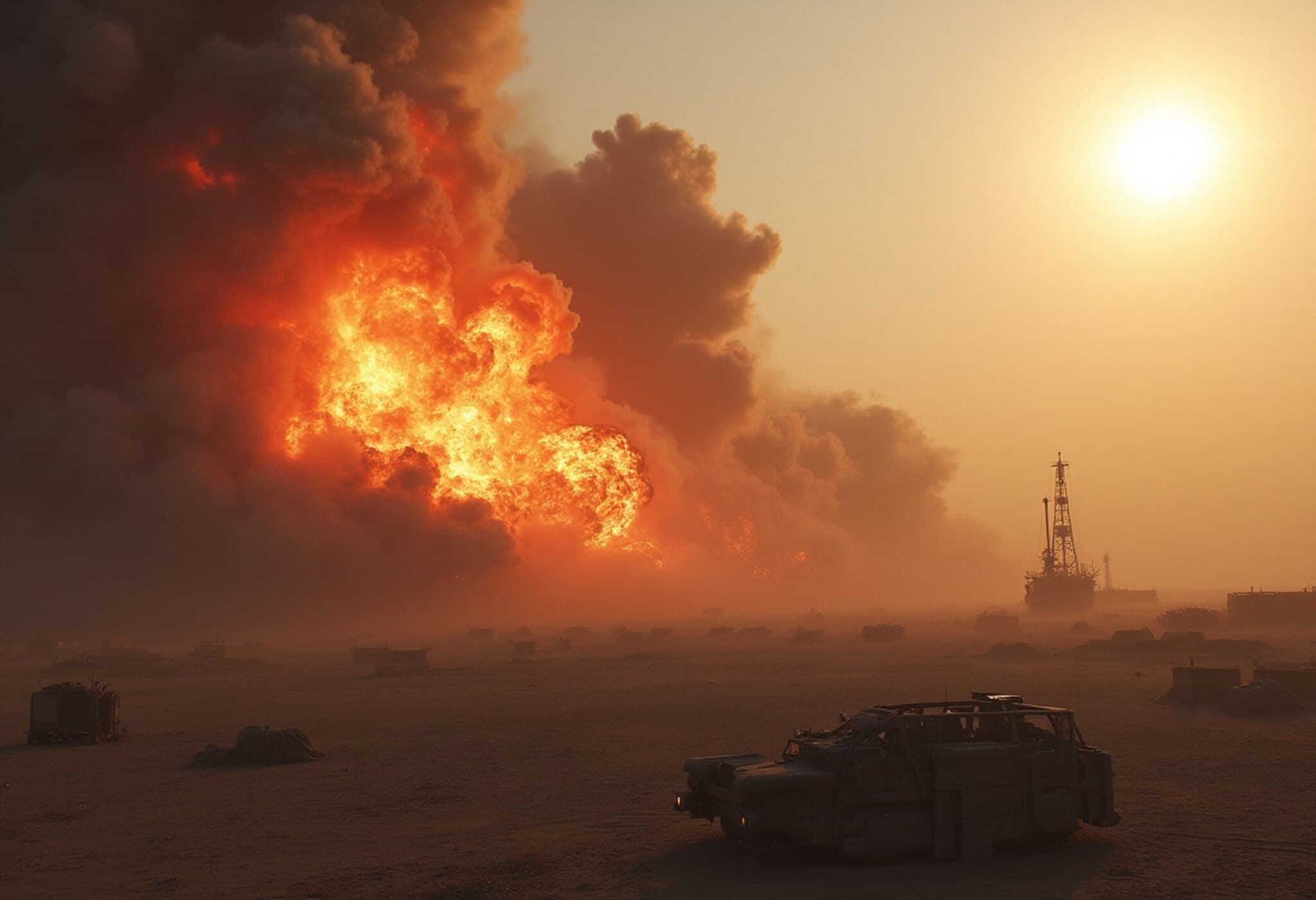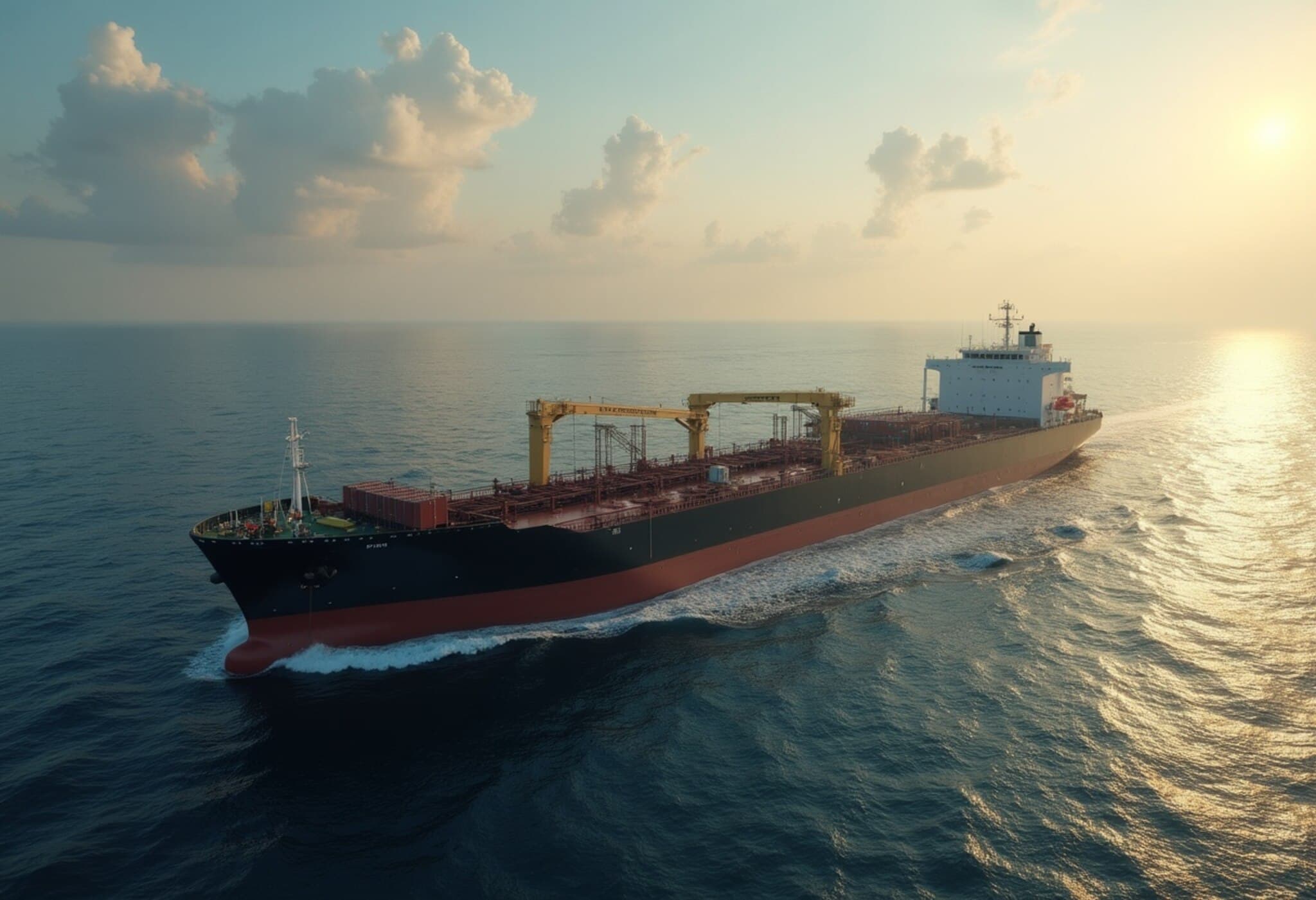Iran's Security Council Considers Strait of Hormuz Closure
In response to heightened regional tensions, Iran's Supreme National Security Council is weighing the possibility of shutting down the Strait of Hormuz, following parliamentary approval to consider the step. This waterway is a strategic chokepoint for global oil and gas shipments, though no final decision has been made yet.
The Strait of Hormuz links the Persian Gulf to the Gulf of Oman and serves as a crucial corridor for energy exports. Approximately 20% of the world’s oil and gas trade transits through this narrow passage, underscoring its global significance.
Background and Context
The potential closure follows recent US airstrikes on Iranian military locations, escalating tensions between Tehran and Washington. Iran’s Revolutionary Guards commander, Esmail Kosari, has confirmed that shutting the strait is “on the agenda” and may be executed when deemed necessary. Meanwhile, Iran’s foreign minister highlighted that Tehran has multiple options at its disposal amid the ongoing standoff.
Strategic Importance of the Strait
The Strait of Hormuz is a slender sea lane, approximately 33 kilometers at its narrowest point, bordered by Iran and Oman. The dual shipping lanes, each about 3 kilometers wide, carry vessels in opposite directions, making the strait vulnerable to blockades or targeted attacks during conflicts.
In 2024 alone, about one-fifth of the global oil and petroleum product trade and liquefied natural gas shipments—mainly from Qatar—passed through this corridor. No alternative sea route exists for these exports, forcing major energy exporters like Iran, Saudi Arabia, and the United Arab Emirates to rely on this passage.
Alternatives and Challenges
While some pipelines offer partial bypasses, their capacities are limited compared to the throughput of the strait. Saudi Arabia’s pipeline to Yanbu on the Red Sea can handle up to 5 million barrels per day, and the UAE has a pipeline capable of transporting 1.8 million barrels per day to the Gulf of Oman. However, these figures pale compared to the roughly 20 million barrels transported daily through the Strait of Hormuz in 2024.
Historically, Iran has refrained from a full closure, even during the intense Iran-Iraq War in the 1980s, opting instead for attacks on vessels but not outright blocking the waterway. Yet, a closure now would not only disrupt global energy supply chains but also adversely affect Iran's own exports, especially considering its significant oil trade relations with China.
Potential Global Impact
A disruption in the Strait of Hormuz could send shockwaves through global markets, leading to sharp increases in oil and gas prices. Such price surges invariably ripple across industries worldwide, elevating costs and affecting economic stability.
Iran’s hesitation to fully close the strait until now has been influenced by the risk of provoking direct military confrontation with the US. With the recent military strikes already escalating the conflict, Iran's calculus may be shifting, leaving the door open for more drastic measures.







